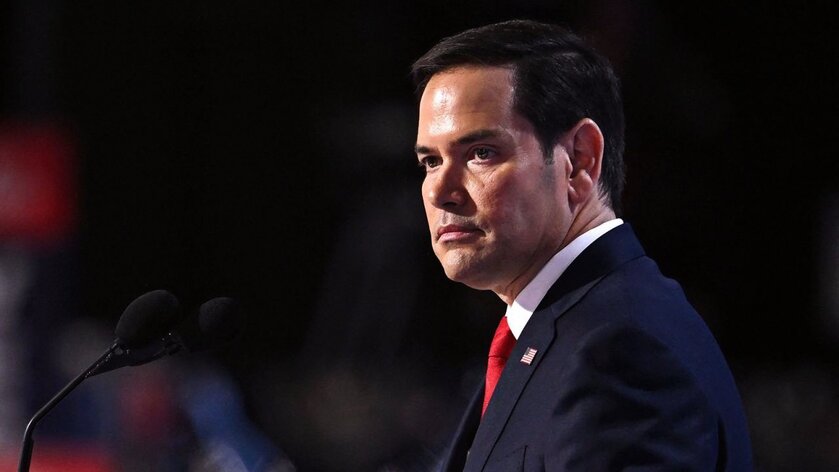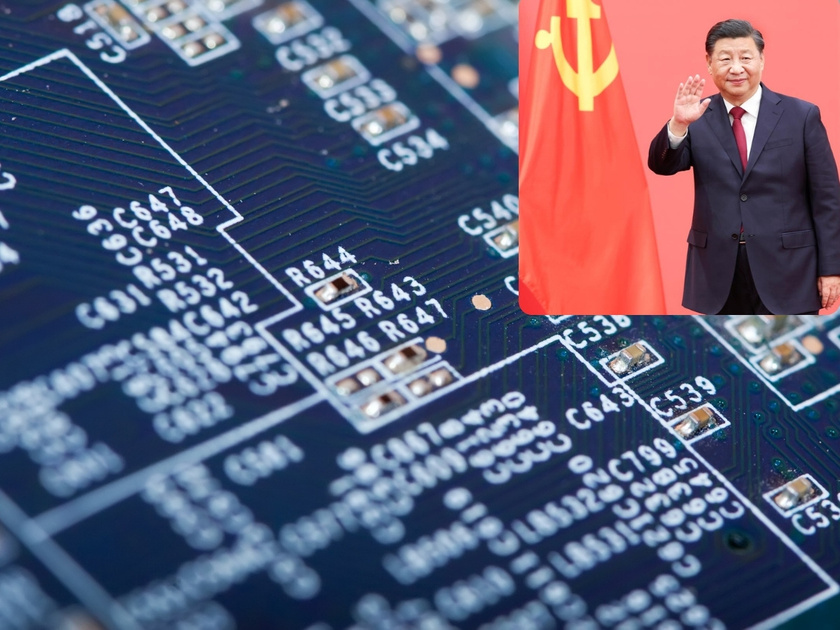The U.S. State Department, under Secretary of State Marco Rubio, has imposed visa restrictions barring five Europeans from entering the United States, accusing them of leading efforts to pressure American tech firms to censor or suppress American viewpoints online.
The move announced Tuesday, is part of a broader President Trump administration campaign against foreign influence over online speech, using immigration law rather than platform regulations or sanctions.
The targeted individuals include former European Union Commissioner Thierry Breton, leaders of German anti-hate group HateAid, and heads of organizations focused on so-called disinformation and digital hate
Breton, former EU Commissioner for Digital Affairs, was sanctioned for his role in enforcing the EU’s Digital Services Act (DSA), which has clashed with tech companies like Elon Musk’s X. He previously sent a letter to Musk demanding compliance with the DSA ahead of a Trump interview.
Imran Ahmed, CEO of the Centre for Countering Digital Hate, was targeted for his organization’s 2022 “Disinformation Dozen” report, which highlighted anti-vaccine figures including Robert F. Kennedy Jr.
Clare Melford, CEO of the Global Disinformation Index, was sanctioned for allegedly using U.S. taxpayer funds to advocate for censorship and blacklisting of American speech.
Josephine Ballon and Anna-Lena von Hodenberg, leaders of HateAid, were sanctioned for their ostensible work combating so-called online hate and disinformation, with the group calling the U.S. actions an “authoritarian attack on free speech.”
The State Department cited these individuals as part of a “global censorship-industrial complex” that advances foreign government censorship campaigns targeting American speakers and companies.
The sanctions are based on a visa policy announced in May 2025 that restricts entry for foreigners deemed responsible for censorship of protected speech in the U.S. The Department of Homeland Security may initiate removal proceedings against those already in the country.
The move follows a broader trend of U.S. officials, including Vice President JD Vance, criticizing European nations for censorship, particularly over content related to the Covid-19 lab leak theory and other political topics.
The EU has not yet responded publicly to the sanctions, but European officials have expressed concern over the U.S. actions undermining European sovereignty.
The U.S. has also previously targeted visitors from certain African and Middle Eastern countries and the Palestinian Authority with similar visa restrictions.















